In Conversation With Lizz Brady
Lizz Brady from Broken Grey Wires reflects on the exhibition Two Plus Two Makes Four here at The Auxiliary.
Curatorial practice
Since 2015, Broken Grey Wires has developed a dialogue with leading contemporary artists and audiences. Using my experience as someone with a diagnosed mental illness (bipolar) to inform my practice and underpin my commitment to creating a space for exploration and discussion. Through personal understanding of mental ill health, Broken Grey Wires creates spaces for people to experience madness in a radical, ambitious yet safe environment.
Inspiration
In 2012, whilst watching the Turner Prize TV programme during my final year at university, I was astonished that the artist Luke Fowler was exploring the Scottish psychiatrist RD Laing. I was intrigued by Laing’s arguments that ‘normality’ in mental health entailed adjusting ourselves to an alienating and depersonalising world. I often use anti-psychiatric as the model in my research. Fowler’s 16mm film All Divided Selves, features in Two Plus Two Makes Four.
In 2016 I visited the Wellcome Collection to view the exhibition States of Mind: Tracing The Edges Of Consciousness. I was mesmerised by Jochen Gerz’s piece Calling to the Point of Exhaustion. The simplicity of the video, and the ability to cause me an intense reaction, really inspired me to focus on the message of my artistic practice. How can I affect audiences using ‘less’?
Two Plus Two Makes Four features artists with an international reputation - Bill Viola, Gillian Wearing, Pipilotti Rist, Martin Creed and the late American DIY artist/musician Daniel Johnston.
As a curator, it is important for me to encourage emerging artists to develop their professional practice. Providing a platform for them to exhibit alongside those artists with a significant profile. Lincoln-based artist Oliver Ventress works with video installation, using ‘documentary footage and romantic pursuits to capture isolated natural landscape and existence on tape.’ It is a joy to be able to create opportunities for artists such as Ventress to exhibit work, push boundaries and be ambitious. To be able to focus on their ideas and be inspired by their aspirations is so important to my practice.
Two Plus Two Makes Four also features my work. The Invaders has been created using metal rebar, welding and a TV monitor. The Invaders explores ‘hyper-reality’ and the inability of the consciousness to distinguish between reality and fiction. We’re living in a time where we so often feel like we are out of control through an overload of information and images attacking our senses. My work is an extension of these ideas.
As part of my curatorial practice, I aspire to rethink gallery spaces and imagine new possibilities. Within The Auxiliary, there will be The Comfort Zone, where people can hang out, relax, reflect on what they’ve experienced and rest if they need to. There will be comfy places to sit, a zine library and support if required.
Mad Studies
I’m doing a Masters in Mad Studies at Edinburgh University, exploring historical and contemporary examples of madness, activism, and treatment.
Mad Studies is a radical voice exploring madness and disability. The term ‘mad’ is a controversial and conflict-ridden word, yet the concept is significant to me. Listening to those who identify as mad, reacting to ‘mad voices’ and developing a society where it is safe to experience madness. It’s a collective call for the creation of safer spaces and better support networks.
Dr Voronka, a Professor on the History of Madness course at Ryerson University in Toronto, explores our perceptions of the body, gender, race, sexuality, and the labelling of one person as ‘sane’ or ‘mad’. Voronka explains that her students “start to think about the power dynamics and language around madness as a social issue, rather than madness as only a medical problem within an individual.”
Mad Manual Toolkit
Mad Theory helped inform the Mad Manual Toolkit, which is an intrinsic element to the show.
I want the toolkit to empower audiences to engage with art more deeply and to support people to immerse themselves in the exhibition and feel empowered.
I believe art can have a positive and transformative impact on our state of mind. Yet many art institutions are unwelcoming, even before we step through the door. So many of us find art spaces intimidating. I believe they should be a safe space where we can open our minds, explore and feel free to engage with our imagination and emotions.
My ambition is that the Mad Manual Toolkit will be used more widely in art spaces and will encourage a rethinking of mental illness by curators and artists to empower audiences. Whilst using the toolkit, people can occupy themselves with chosen activities; they can look at a sculpture and focus on how the hands are carved, they can mirror the movements of a painter, can create a dialogue from within a video piece, or just focus on their breathing.
Working with Navigator North
In Middlesbrough, Broken Grey Wires is working with the well-respected arts organisation Navigator North. Navigator North is a Tees Valley-based artist-led organisation that initiates activities to raise the profile of artists and creative practice in the North East. It inspires visual artists and creative communities to thrive. Together with Navigator North, we’ll reach local people and invite them to be part of workshops. As part of this partnership, we’re running a free mental health first aid training course; this means we’re all equipped to take care of any potential crisis during the project.

